On Feb 16-17 I visited University of Surrey, where I gave a talk, had nice discussions with students and postdocs, and learned bunch of new things.
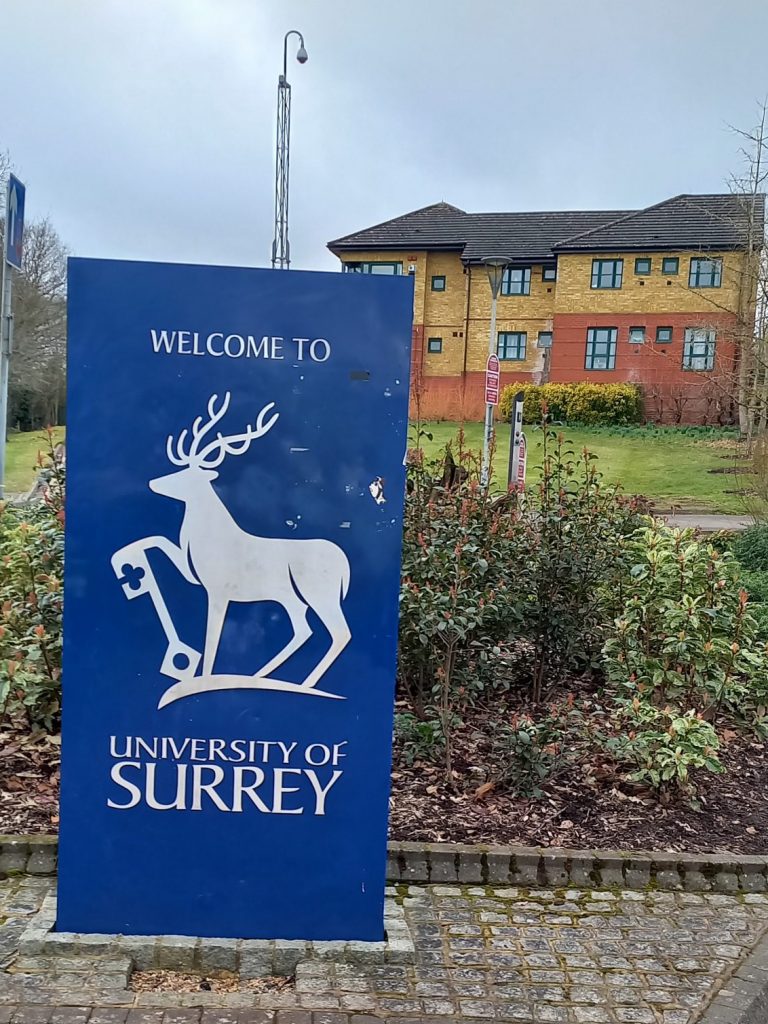
Time-domain astronomy group at Charles University, Prague
On Feb 16-17 I visited University of Surrey, where I gave a talk, had nice discussions with students and postdocs, and learned bunch of new things.

In a new paper, Damien Gagnier looks at what happens during late stages of common envelope after the companion plunges in and the two cores orbit in a shared envelope. In the simulations, we mimick the plunge-in by depositing angular momentum in the envelope in a controlled way and study transport of angular momentum by advection, turbulence, gravitational torques, and viscosity. We find that the binary orbit decays on a timescale of 10^3 to 10^5 orbits of the central binary suggesting that the orbit will continue shrinking for a long time. This might help resolving the discrepancy between simulations and observed final binary separations. Although too slow to directly study with multi-d hydro, the evolution is often much faster than the envelope thermal timescale – perhaps there is no need for any thermal “self-regulation” of the late inspiral. This also lends support to the usual energy-conserving alpha formalism. Interestingly, much of the hydrodynamics is very similar to circumbinary disks. For example, the “lump” is also seen, but it is more of a 3D phenomenon rather than a well-localized object. 3D simulations were done with Athena++ in spherical coordinates with AMR. By excising a sphere around the binary, the simulations can be run for 100s of orbits of the central binary. The cost was ~4.6 million CPU hours at IT4Innovations. The paper is at https://arxiv.org/abs/2302.00691
Our postdocs were again successful in obtaining supercomputer time on the Czech supercomputer infrastructure IT4Innovations. Diego Calderón won 2.2 million CPU hours to perform radiation hydrodynamics simulations of transients. Damien Gagnier won 12.3 million CPU hours on the brand new Karolina cluster to perform 3D hydrodynamic simulations of common envelope.


First paper by PhD student Milan Pešta developing a method to estimate mass-ratio distribution of contact binaries simply from the distribution of their light curve amplitudes. This was originally proposed by Rucinski (2001), but in this paper we reach sufficient sensitivity to determine the minimum mass ratio, when contact binaries merge due to the Darwin instability. This is possible thanks to a new Bayesian method to filter contaminants and Kepler data. The method can be easily extended to much bigger samples from TESS or Gaia. The paper is submitted to A&A and the preprint can be accessed at https://arxiv.org/abs/2212.02553.
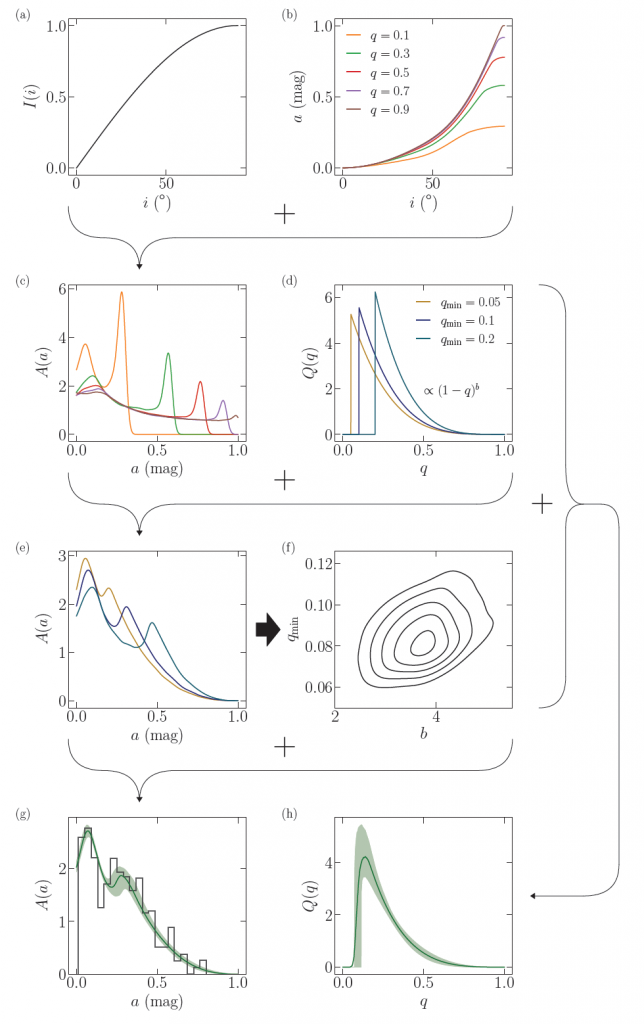
In mid-November we traveled to Garching, Germany, for MIAPbP workshop “The Impact of Binaries on Stellar Evolution”. Our group got 4 talks and 2 poster presentations! Very exciting and fun meeting.
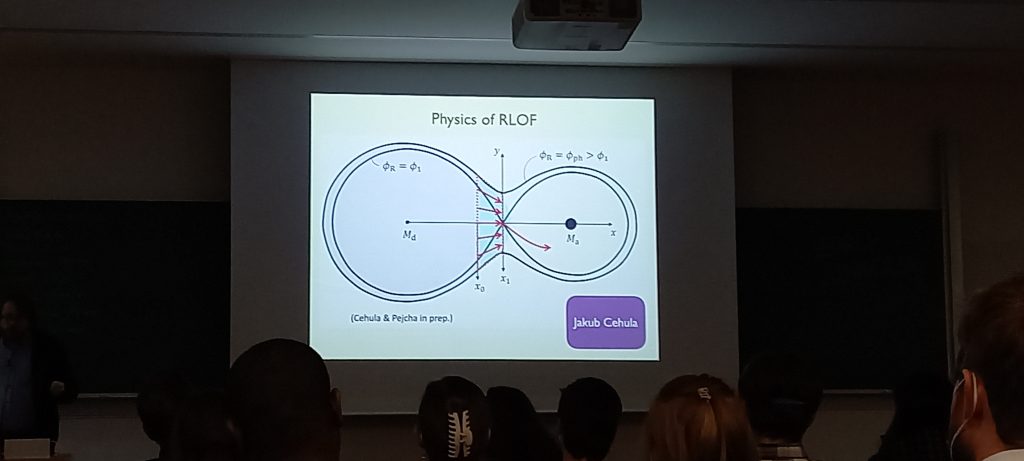
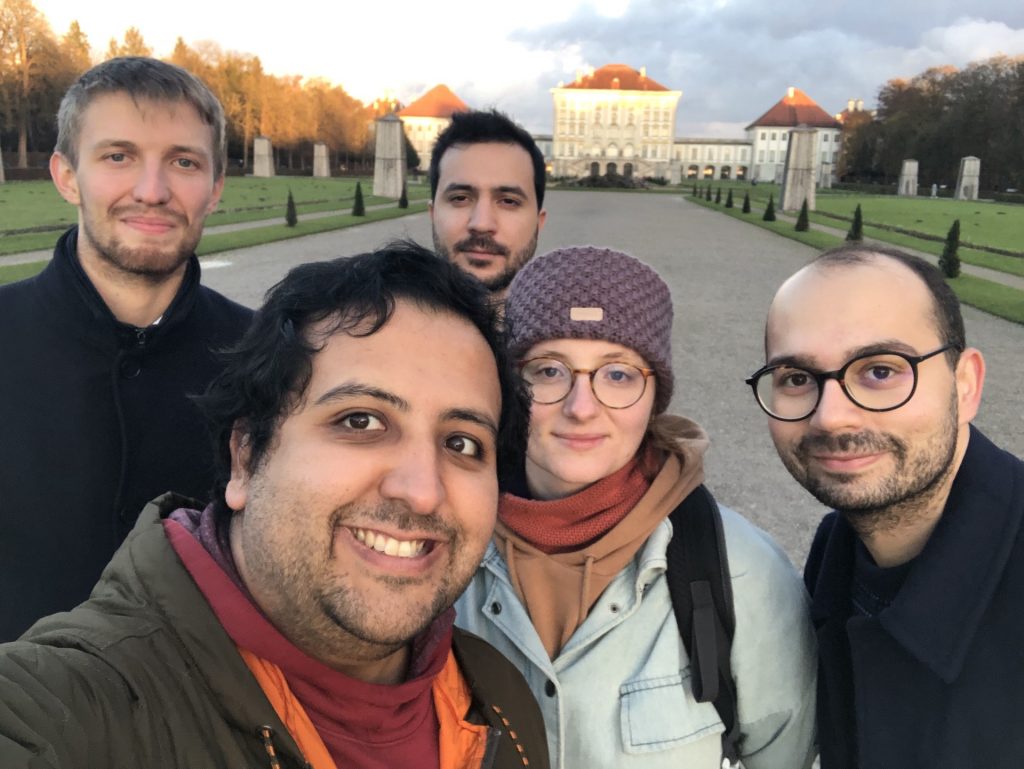
Dwarf nova with regular year-long outbursts? Sounds crazy, but that’s what Camille Landri finds in her first paper by analyzing photometry and spectra of this OGLE object. Plus there are mini-flares, changing shape of phased light curve, and head-scratching line profiles.
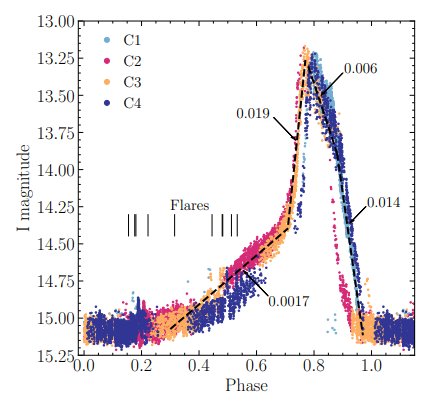
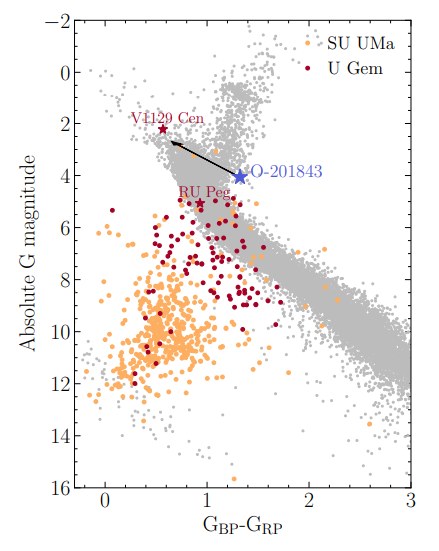
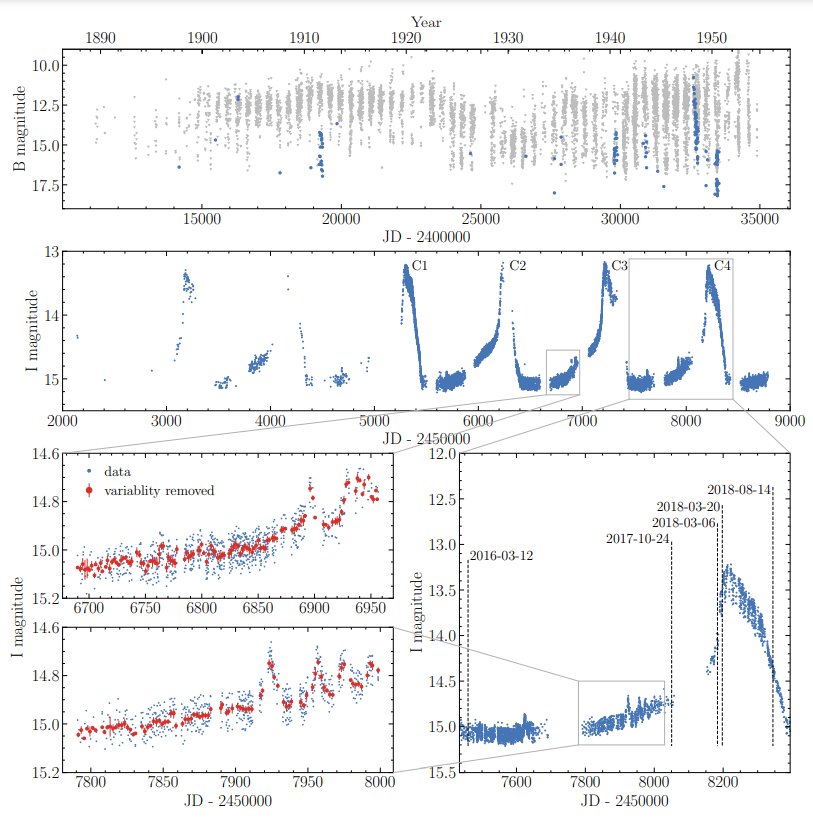
Just like last year, this September we travelled to Observatory at Valašské Meziříčí to gain hands-on experience with telescopes and photometry. Unfortunately, the weather was extremely bad and it rained almost the whole time. But we still toured the observatory, learned about telescopes and detectors, and enjoyed sights and events nearby.
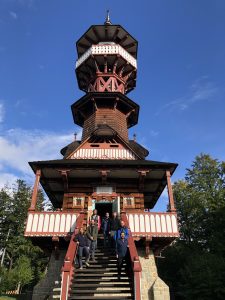
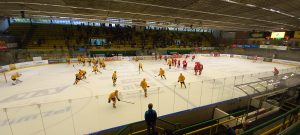
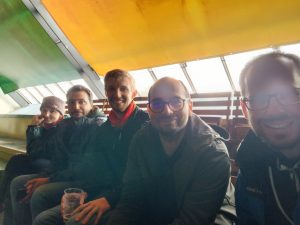
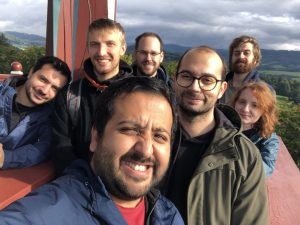

New paper on double eclipsing binary (2+2 quadruple) CzeV343 discovered and meticulously followed by Pavel Cagaš over the last 11 years (99 nights). Combining his data with TESS, including 2-min data from our GI proposal, and spectroscopy, we find a bunch of interesting things.
Continue reading “The complex dynamical past and future of double eclipsing binary CzeV343: misaligned orbits and period resonance”We were happy to host for a week Yuan-Sen Ting from Australian National University who gave a special seminar “On Modelling Complex Systems in Astronomy”. For the Friday walk we were joined by Sandor Kruk from MPIE.
Our postdocs were successful in obtaining supercomputer time on the Czech supercomputer infrastructure IT4Innovations. Diego Calderón won 26 000 node hours (approx. 900 000 CPU hours) on Barbora cluster to perform radiation hydrodynamics simulations of transients. Damien Gagnier won 36 000 node hours (approx. 4 600 000 CPU hours) on the brand new Karolina cluster to develop 3D hydrodynamic simulations of common envelope.

